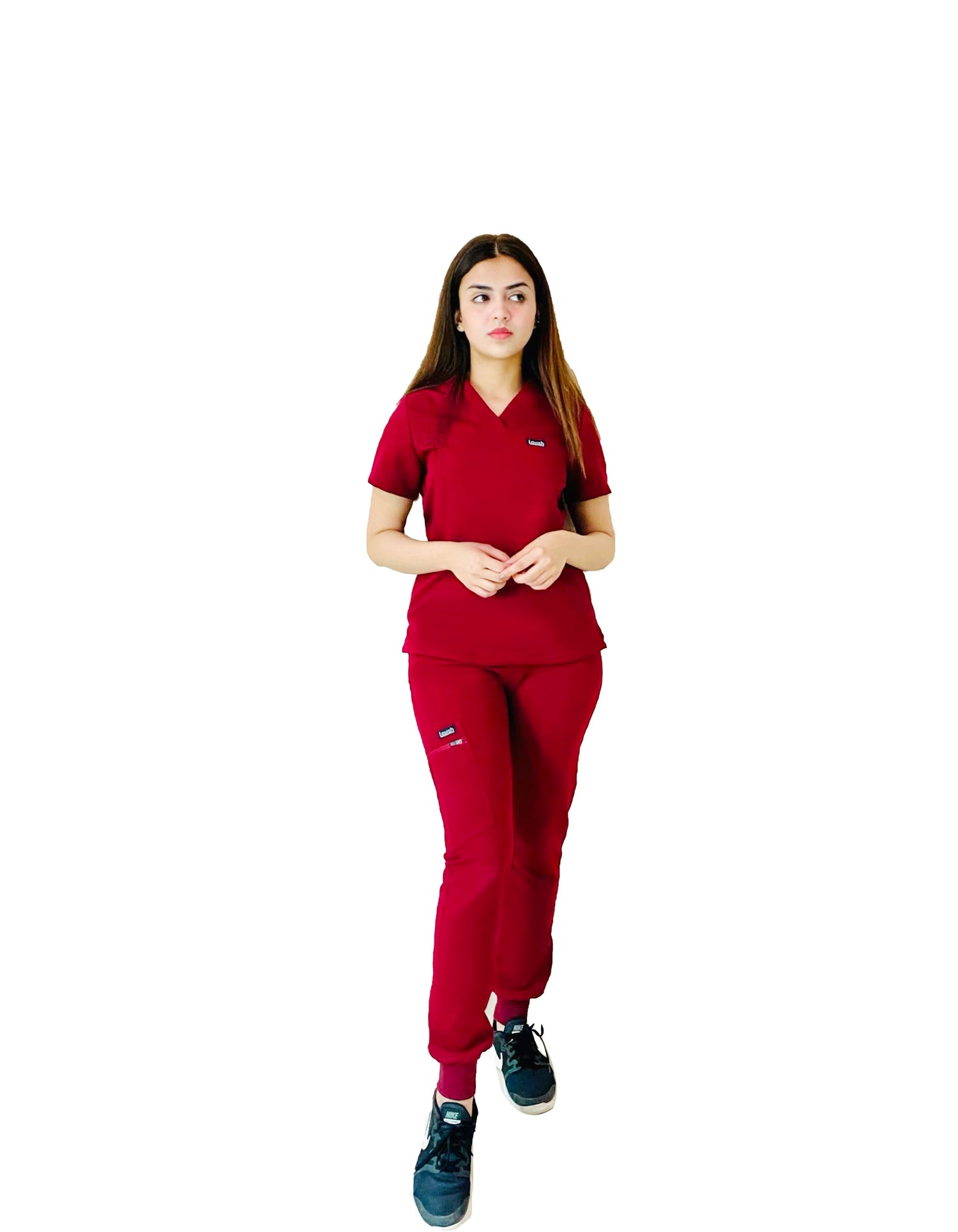Good shoes are important for healthcare workers to be comfortable and supported during long shifts and busy days. Doctors and nurses are constantly on their feet, attending to patients and carrying out various tasks. Thus, investing in the right pair of shoes can make a significant difference in their daily work experience.
In this article, we'll look at the top five shoe choices for doctors and nurses in their busy work settings.
Introduction
Medical professionals, including doctors and nurses, face a myriad of challenges during their shifts. There is one reason for wearing the right shoes: the strain on their feet. Wearing the right shoes can ease discomfort and lower the chance of foot problems. Let's explore the importance of choosing the right shoes for these professionals and how it can positively impact their work performance.
Importance of Proper Footwear for Medical Professionals
Working in the medical field involves constant standing, walking, and sometimes running to attend to emergencies. The strain on their feet and legs can lead to fatigue, pain, and even long-term issues if not addressed properly. Wearing appropriate shoes designed for healthcare environments is vital in preventing injuries, promoting good posture, and ensuring optimal support.
Criteria for Choosing the Right Shoes
When selecting shoes for doctors and nurses, several factors should be taken into account:
- Comfort: Shoes should provide cushioning and support to minimize discomfort during long hours of standing and walking.
- Arch Support: Adequate arch support helps maintain proper foot alignment and prevents overpronation or supination.
- Slip Resistance: Slip-resistant soles are essential to prevent accidental slips and falls, especially in busy medical settings.
- Breathability: Shoes with breathable materials keep the feet cool and dry, reducing the likelihood of odor and infections.
- Durability: High-quality materials ensure the shoes withstand the demands of the healthcare environment.
Top 5 Most Popular Types of Shoes for Doctors and Nurses
Comfortable Clogs
Clogs are a top choice for medical professionals due to their slip-on design, roomy fit, and supportive features. They offer excellent arch support and shock absorption, reducing strain on the feet and lower back. Many clogs also come with removable insoles, allowing for customized orthotic inserts.
Supportive Athletic Shoes
Athletic shoes engineered for healthcare workers provide the perfect combination of comfort and functionality. They often feature extra cushioning, breathable materials, and slip-resistant outsoles. These shoes are ideal for those who prefer a sporty and active style.
Slip-Resistant Shoes
Slip-resistant shoes are a must-have in any medical professional's wardrobe. These shoes prevent slipping on wet or polished surfaces, making the workplace safer.
Stylish Sneakers
Sneakers have become increasingly popular among medical professionals for their modern and trendy designs. They offer the same support and comfort as traditional medical shoes but with a more stylish appearance.
Professional Loafers
Loafers are an excellent option for healthcare workers who desire a more professional and polished look. These shoes often feature premium leather, offering a blend of sophistication and comfort.
Benefits of Each Shoe Type
- Comfortable clogs provide ease of wear and support for long shifts.
- Supportive athletic shoes promote an active and energetic workday.
- Slip-resistant shoes offer safety and peace of mind in busy medical environments.
- Stylish sneakers combine functionality with modern aesthetics.
- Professional loafers provide a polished and refined appearance without compromising on comfort.
Tips for Extending Shoe Lifespan
- Rotate Shoes: Alternate between two or more pairs of shoes to extend their lifespan.
- Cleaning and Maintenance: Regularly clean and air out shoes to prevent odors and bacteria buildup.
- Replace Insoles: Replace insoles as needed to maintain optimal support and cushioning.
- Avoid Immersing in Water: Prevent water damage by avoiding submerging shoes in water.
- Professional Shoe Fitting: Get professionally fitted to find the most suitable shoe size and style.
Lavish Medical Scrubs - Best For Doctors & Nurses
Lavish Medical Scrubs are like the best clothes ever for doctors and nurses. They're made with great care and attention, so they look really nice and help the doctors and nurses feel comfortable. The fabric is breathable. It allows air in. This makes it comfortable to wear for long work hours. It is also easy to move around in.
They have cool colors and designs to make them stylish, and they're made to be super useful for modern hospitals and clinics. So, doctors and nurses love wearing them because they feel confident and proud in their awesome work clothes!
Conclusion
Doctors and nurses need to choose the right shoes. This is important for them to stay comfortable, healthy, and perform well. They have busy work schedules. Comfortable clogs, supportive athletic shoes, slip-resistant footwear, stylish sneakers, and professional loafers are among the most popular choices. By prioritizing their foot health, medical professionals can focus on providing the best possible care for their patients.
FAQs
Q: Are slip-resistant shoes necessary for medical professionals?
A: Yes, slip-resistant shoes are essential to prevent accidents and falls in the workplace.
Q: Can I use orthotic inserts in clogs?
A: Yes, many clogs have removable insoles that can accommodate orthotic inserts.
Q: How often should I replace my medical shoes?
A: It's recommended to replace them every 6 to 12 months, depending on usage and wear.
Q: Are stylish sneakers appropriate for medical settings?
A: Yes, as long as they meet the necessary comfort and safety requirements.
Q: Can I clean my shoes with water and soap?
A: While some shoes can handle light cleaning with a damp cloth, it's best to follow the manufacturer's guidelines and avoid immersing them in water.


